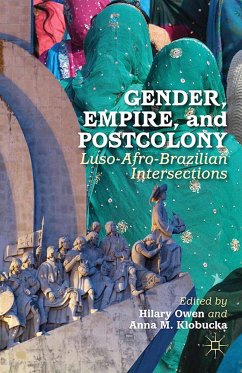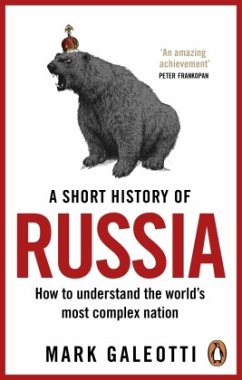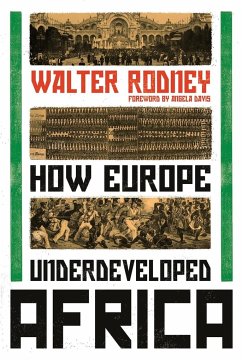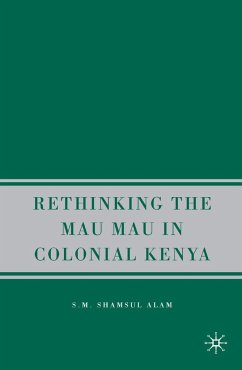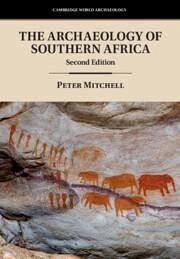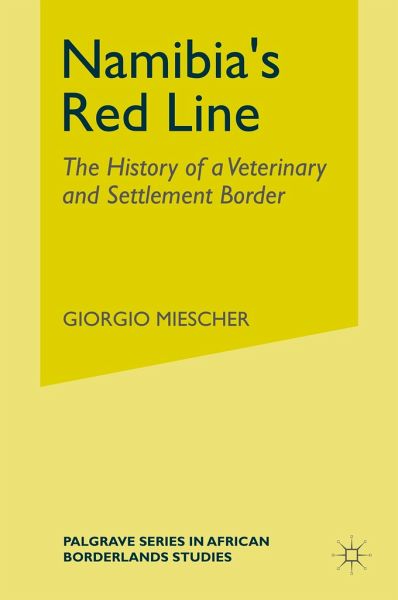
Namibia's Red Line
The History of a Veterinary and Settlement Border
Versandkostenfrei!
Versandfertig in 6-10 Tagen
38,99 €
inkl. MwSt.
Weitere Ausgaben:

PAYBACK Punkte
19 °P sammeln!
Based on archival sources and oral history, this book reconstructs a border-building process in Namibia that spanned more than sixty years. The process commenced with the establishment of a temporary veterinary defence line against rinderpest by the German colonial authorities in the late nineteenth century and ended with the construction of a continuous two-metre-high fence by the South African colonial government sixty years later. This 1250-kilometre fence divides northern from central Namibia even today. The book combines a macro and a micro-perspective and differentiates between cartograp...
Based on archival sources and oral history, this book reconstructs a border-building process in Namibia that spanned more than sixty years. The process commenced with the establishment of a temporary veterinary defence line against rinderpest by the German colonial authorities in the late nineteenth century and ended with the construction of a continuous two-metre-high fence by the South African colonial government sixty years later. This 1250-kilometre fence divides northern from central Namibia even today. The book combines a macro and a micro-perspective and differentiates between cartographic and physical reality. The analysis explores both the colonial state's agency with regard to veterinary and settlement policies and the strategies of Africans and Europeans living close to the border. The analysis also includes the varying perceptions of individuals and populations who lived further north and south of the border and describes their experiences crossing the border as migrant workers, African traders, European settlers and colonial officials. The Red Line's history is understood as a gradual process of segregating livestock and people, and of constructing dichotomies of modern and traditional, healthy and sick, European and African.







